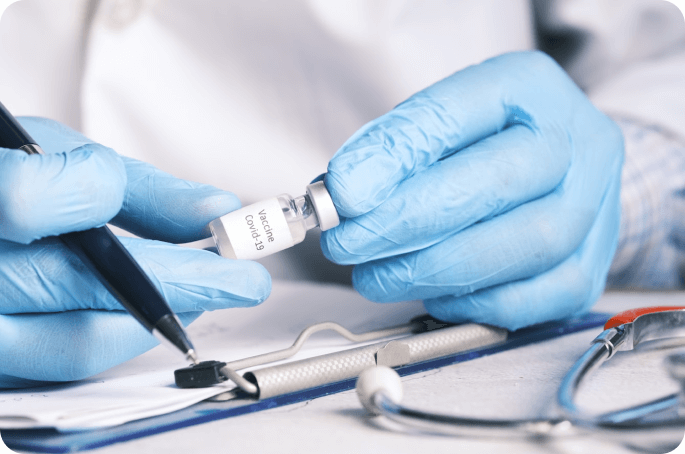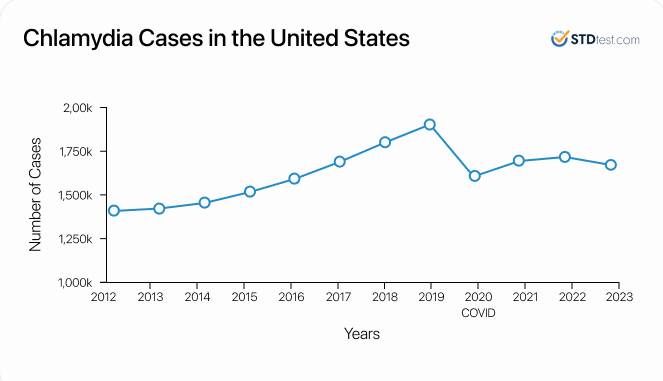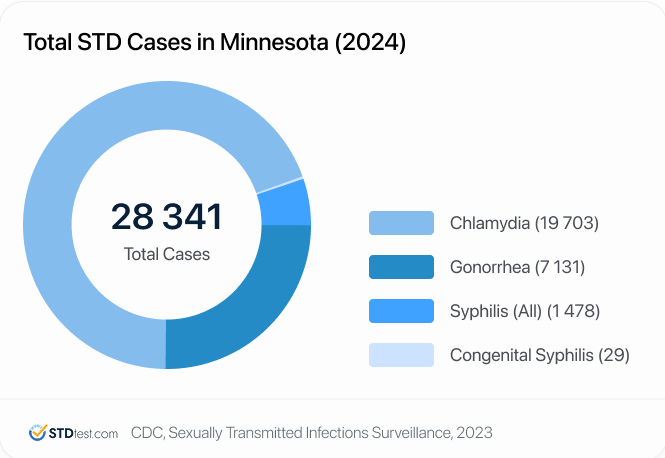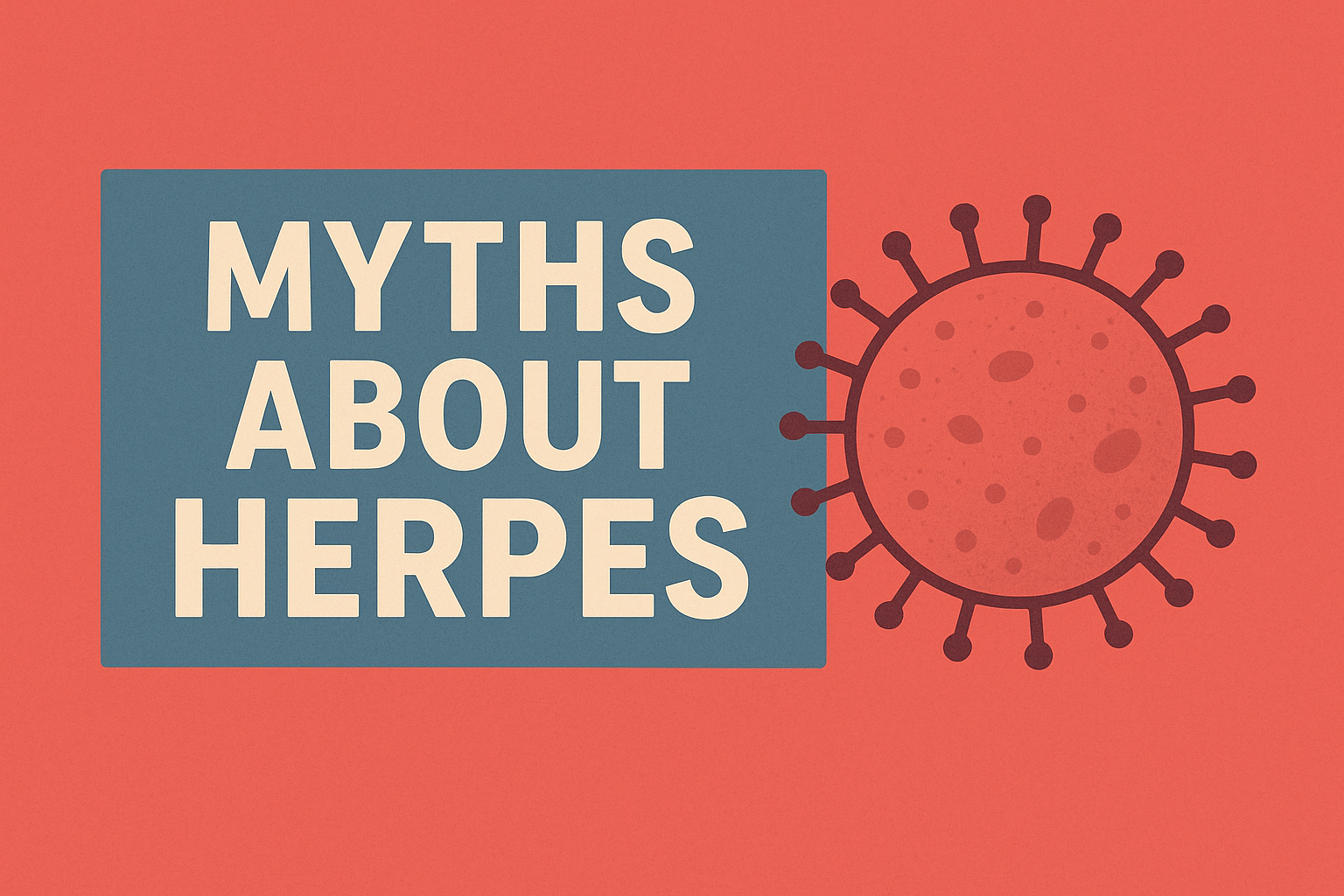What Is Chlamydia?
Chlamydia is a common bacterial infection caused by the bacterium Chlamydia trachomatis (C. trachomatis). It spreads through sexual contact and can affect both men and women of any age, though it’s most common among younger people. The infection can happen in the genitals, rectum, or throat, depending on the type of sexual contact.

What makes chlamydia tricky is that most infected people don’t show any symptoms at all. That’s why it’s sometimes called a “silent” infection. Even without symptoms, the bacteria can still damage your body and can be passed to sexual partners.
Chlamydia is especially concerning because if left untreated, it can cause serious health problems. For women, untreated chlamydia can cause permanent damage to the reproductive system, making it difficult or impossible to get pregnant later. It can also cause a dangerous condition called ectopic pregnancy, where a pregnancy develops outside the womb.
Symptoms and Causes
As mentioned, chlamydia often causes no symptoms at all. In fact, about 75% of women and 50% of men with chlamydia don’t notice any signs of infection. But that doesn’t mean the infection isn’t causing damage or can’t be spread to others.
When symptoms do appear, they usually show up several weeks after exposure to the chlamydia bacteria. The specific symptoms depend on the person’s sex and where in the body the infection is located.

Chlamydia Symptoms
Men who develop symptoms of chlamydia might notice:
- Discharge from the penis—this could be cloudy or clear
- A burning sensation when urinating
- Pain and swelling in one or both testicles (though this is less common)
- Rectal pain, discharge, or bleeding (if the infection is in the rectum)
Symptoms in Men
Men who develop symptoms of chlamydia might notice:
- Discharge from the penis—this could be cloudy or clear
- A burning sensation when urinating
- Pain and swelling in one or both testicles (though this is less common)
- Rectal pain, discharge, or bleeding (if the infection is in the rectum)
Symptoms in Women
For women who develop symptoms, they might include:
- Abnormal vaginal discharge that may have an unusual odor
- A burning sensation when urinating
- Pain during sex
- Bleeding between periods or after sex
- Lower abdominal pain
- Rectal pain, discharge, or bleeding (if the infection is in the rectum)
Women need to be especially vigilant about getting tested for chlamydia even without symptoms. This is because untreated chlamydia in women can silently spread to the reproductive organs, causing pelvic inflammatory disease (PID), which can lead to chronic pelvic pain, infertility, and ectopic pregnancy.
Diagnosis and Tests
As mentioned, chlamydia often causes no symptoms at all. In fact, about 75% of women and 50% of men with chlamydia don’t notice any signs of infection. But that doesn’t mean the infection isn’t causing damage or can’t be spread to others.
When symptoms do appear, they usually show up several weeks after exposure to the chlamydia bacteria. The specific symptoms depend on the person’s sex and where in the body the infection is located.
Symptoms in Women
For women who develop symptoms, they might include:
- Abnormal vaginal discharge that may have an unusual odor
- A burning sensation when urinating
- Pain during sex
- Bleeding between periods or after sex
- Lower abdominal pain
- Rectal pain, discharge, or bleeding (if the infection is in the rectum)
Women need to be especially vigilant about getting tested for chlamydia even without symptoms. This is because untreated chlamydia in women can silently spread to the reproductive organs, causing pelvic inflammatory disease (PID), which can lead to chronic pelvic pain, infertility, and ectopic pregnancy.
Chlamydia Treatment
As mentioned, chlamydia often causes no symptoms at all. In fact, about 75% of women and 50% of men with chlamydia don’t notice any signs of infection. But that doesn’t mean the infection isn’t causing damage or can’t be spread to others.
When symptoms do appear, they usually show up several weeks after exposure to the chlamydia bacteria. The specific symptoms depend on the person’s sex and where in the body the infection is located.
Chlamydia Symptoms
Men who develop symptoms of chlamydia might notice:
- Discharge from the penis—this could be cloudy or clear
- A burning sensation when urinating
- Pain and swelling in one or both testicles (though this is less common)
- Rectal pain, discharge, or bleeding (if the infection is in the rectum)
Symptoms in Men
Men who develop symptoms of chlamydia might notice:
- Discharge from the penis—this could be cloudy or clear
- A burning sensation when urinating
- Pain and swelling in one or both testicles (though this is less common)
- Rectal pain, discharge, or bleeding (if the infection is in the rectum)
Women need to be especially vigilant about getting tested for chlamydia even without symptoms. This is because untreated chlamydia in women can silently spread to the reproductive organs, causing pelvic inflammatory disease (PID), which can lead to chronic pelvic pain, infertility, and ectopic pregnancy.
Chlamydia Statistics
As mentioned, chlamydia often causes no symptoms at all. In fact, about 75% of women and 50% of men with chlamydia don’t notice any signs of infection. But that doesn’t mean the infection isn’t causing damage or can’t be spread to others.
When symptoms do appear, they usually show up several weeks after exposure to the chlamydia bacteria. The specific symptoms depend on the person’s sex and where in the body the infection is located.

Chlamydia Symptoms
Men who develop symptoms of chlamydia might notice:
- Discharge from the penis—this could be cloudy or clear
- A burning sensation when urinating
- Pain and swelling in one or both testicles (though this is less common)
- Rectal pain, discharge, or bleeding (if the infection is in the rectum)
Women need to be especially vigilant about getting tested for chlamydia even without symptoms. This is because untreated chlamydia in women can silently spread to the reproductive organs, causing pelvic inflammatory disease (PID), which can lead to chronic pelvic pain, infertility, and ectopic pregnancy.
Chlamydia FAQs
How common are STDs?
Sexually transmitted diseases and infections are likely much more common than you think. The CDC reports that 15-24 year olds account for more than half of all new STD infections in the United States. In 2013, there were nearly 1.4 million new cases of chlamydia diagnosed nationwide. The rise of Trichomoniasis, Herpes I and II, HPV and other sexually transmitted infections make it more common than ever to contract a communicable illness through sex.
What are common STD Symptoms?
Sexually transmitted diseases and infections are likely much more common than you think. The CDC reports that 15-24 year olds account for more than half of all new STD infections in the United States. In 2013, there were nearly 1.4 million new cases of chlamydia diagnosed nationwide. The rise of Trichomoniasis, Herpes I and II, HPV and other sexually transmitted infections make it more common than ever to contract a communicable illness through sex.
Should I Get Tested for STDs?
Sexually transmitted diseases and infections are likely much more common than you think. The CDC reports that 15-24 year olds account for more than half of all new STD infections in the United States. In 2013, there were nearly 1.4 million new cases of chlamydia diagnosed nationwide. The rise of Trichomoniasis, Herpes I and II, HPV and other sexually transmitted infections make it more common than ever to contract a communicable illness through sex.
What is the wait time for results?
Sexually transmitted diseases and infections are likely much more common than you think. The CDC reports that 15-24 year olds account for more than half of all new STD infections in the United States. In 2013, there were nearly 1.4 million new cases of chlamydia diagnosed nationwide. The rise of Trichomoniasis, Herpes I and II, HPV and other sexually transmitted infections make it more common than ever to contract a communicable illness through sex.
How accurate are test tesults?
Sexually transmitted diseases and infections are likely much more common than you think. The CDC reports that 15-24 year olds account for more than half of all new STD infections in the United States. In 2013, there were nearly 1.4 million new cases of chlamydia diagnosed nationwide. The rise of Trichomoniasis, Herpes I and II, HPV and other sexually transmitted infections make it more common than ever to contract a communicable illness through sex.
What should I know about billing?
Sexually transmitted diseases and infections are likely much more common than you think. The CDC reports that 15-24 year olds account for more than half of all new STD infections in the United States. In 2013, there were nearly 1.4 million new cases of chlamydia diagnosed nationwide. The rise of Trichomoniasis, Herpes I and II, HPV and other sexually transmitted infections make it more common than ever to contract a communicable illness through sex.
How much does the service cost?
Sexually transmitted diseases and infections are likely much more common than you think. The CDC reports that 15-24 year olds account for more than half of all new STD infections in the United States. In 2013, there were nearly 1.4 million new cases of chlamydia diagnosed nationwide. The rise of Trichomoniasis, Herpes I and II, HPV and other sexually transmitted infections make it more common than ever to contract a communicable illness through sex.
What if I want to order online?
Sexually transmitted diseases and infections are likely much more common than you think. The CDC reports that 15-24 year olds account for more than half of all new STD infections in the United States. In 2013, there were nearly 1.4 million new cases of chlamydia diagnosed nationwide. The rise of Trichomoniasis, Herpes I and II, HPV and other sexually transmitted infections make it more common than ever to contract a communicable illness through sex.
Sources
- CDC – Sexually Transmitted Infections (STIs)
- CDC, 2022 STI Surveillance Report – Sexually transmitted infections (STIs)
- WHO – Sexually transmitted infections (STIs)
- WebMD – Oral Herpes: Causes, Symptoms, & Treatment
- National Institutes of Health – The Stages of HIV Infection
- Medscape – Gonorrhea Clinical Presentation
- Iowa.gov – Chlamydia
- Minnesota Department of Health – Hepatitis
Medically reviewed by: Robert Fisher, MSN, MBA-HCM, RN
Confidential, Private and Affordable STD Testing?
Order a full 10 test STD screening panel now for just $139. Individual STD tests starting at just $24.
Latest Blog Posts

STD Cause Diarrhea: Symptoms, Treatments & What to Know

Top 10 Myths about Herpes



